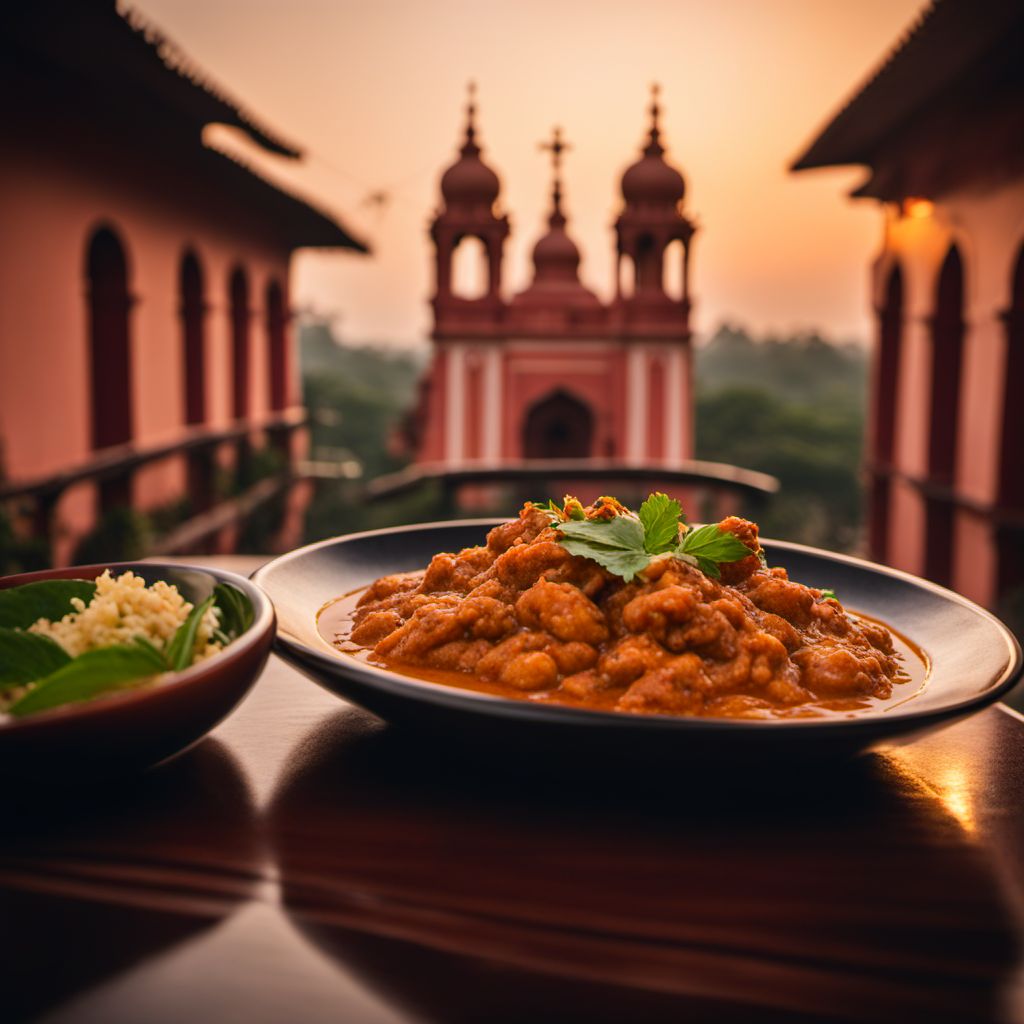
Cuisine
Goan Catholic cuisine
Goan Catholic cuisine is a unique blend of Indian and Portuguese cuisines, with a strong emphasis on meat dishes. The cuisine is characterized by its use of pork, beef, and chicken, as well as its spicy and tangy flavors. The cuisine is also known for its use of vinegar, which is a legacy of the Portuguese influence on the region. Goan Catholic cuisine is a reflection of the region's history and cultural diversity.
Typical ingredients
Pork, Beef, Chicken, Seafood, Rice, Lentils, Tamarind, Kokum, Vinegar, Ginger, Garlic, Cumin, Coriander, Turmeric, Chili peppers
Presentation and garnishing
Goan Catholic cuisine is often served on banana leaves, and is garnished with fresh herbs and spices. The cuisine is also often served with rice and bread, and is accompanied by a variety of sauces and chutneys.
The most popular dish in Goan Catholic cuisine is sorpotel, which is a spicy pork stew made with vinegar and spices.
History
Goan Catholic cuisine has a rich history that dates back to the arrival of the Portuguese in the region. The Portuguese brought with them their own culinary traditions, which were then blended with the indigenous Indian cuisines. The cuisine continued to evolve over time, with the arrival of African and Arab traders in the region. Today, Goan Catholic cuisine is a reflection of the region's history and cultural diversity.
Cultural significance
Goan Catholic cuisine is an important part of the region's cultural identity. It is often served at festivals and celebrations, and is a source of pride for many Goan Catholics. The cuisine is also popular in other parts of India, particularly in the coastal regions.
Health benefits and considerations
Goan Catholic cuisine is known for its use of meat, which is a good source of protein. However, the cuisine is also known for its high fat and calorie content, so it should be consumed in moderation.
Goan Catholic cuisine recipes Browse all »
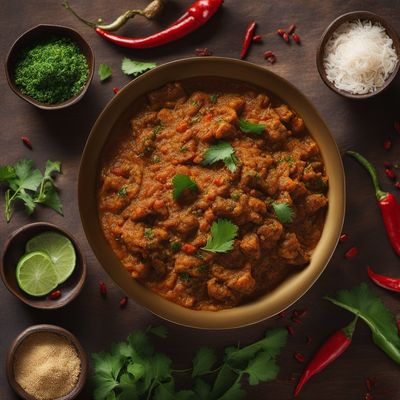
Goan Catholic Style Spicy Varuval
Fiery Goan Delight: Spicy Varuval with a Catholic Twist

Goan Catholic Style Acaçá
Spiced Rice Dumplings: A Goan Catholic Delight

Goan Catholic Hachis Parmentier
Spiced Potato and Meat Casserole: A Goan Catholic Delight
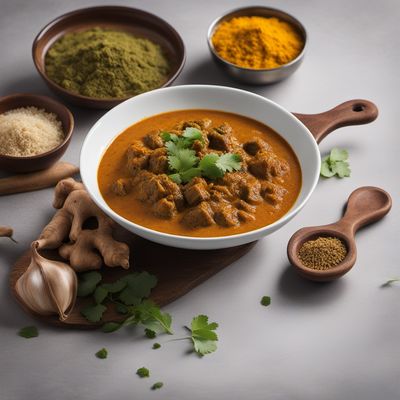
Goan Catholic Shola Curry
Spicy and Flavorful Goan Catholic Shola Curry - A Taste of Goa's Rich Culinary Heritage

Goan Cheese Rolls
Savory Goan Delight: Cheese Rolls with a Twist
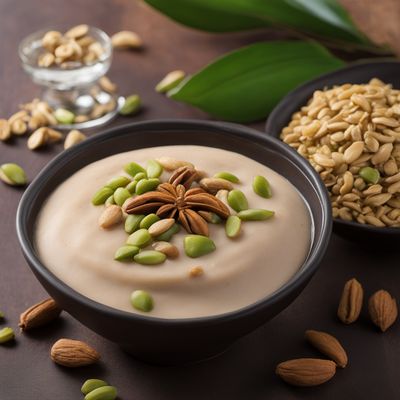
Goan Catholic Style Coconut Milk Dessert
Velvety Delight: Goan Catholic Coconut Milk Dessert

Goan Catholic Sticky Buns
Spiced Sweet Delights: Goan Catholic Sticky Buns

Goan Catholic Style Frog Legs Curry
Spicy and Tangy Frog Legs Curry with Goan Flavors

Goan Catholic Style Beef Soup
Spiced Beef Delight: A Goan Catholic Twist on Galbitang
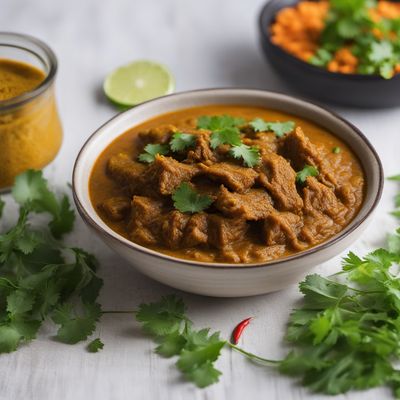
Goan Catholic Style Beef Tripe Curry
Spicy and Tangy Goan Catholic Beef Tripe Delight

Goan Catholic Grilled Fish
Spicy Grilled Fish with Goan Catholic Flavors
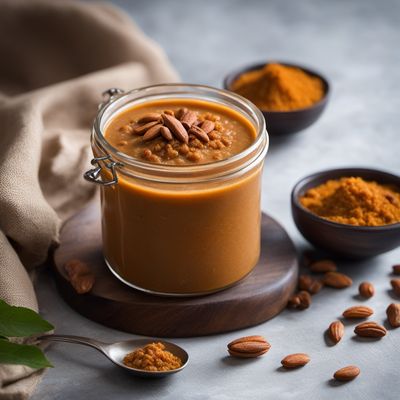
Goan Catholic Style Sweet Potato Pudding
Velvety Delight: Goan Catholic Sweet Potato Pudding